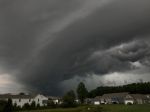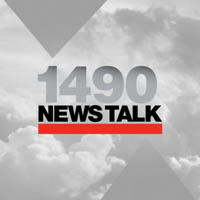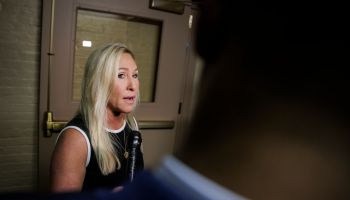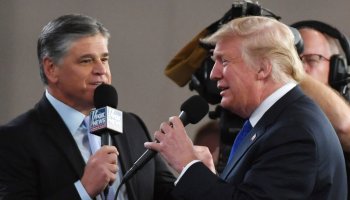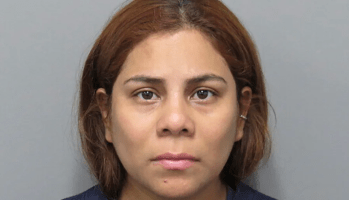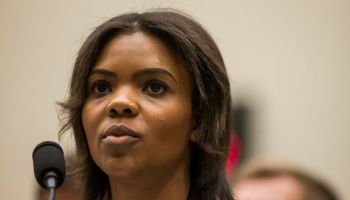At one point during the most important negotiation in two years of psychological and economic warfare, someone took a moment for comic relief.
It was much needed, and much appreciated given the stakes -– a cancelled season, a fractured league, a squandered opportunity to build upon astronomical growth and momentum.
In the restroom outside the conference room where owners and players were trying to move the ball, as Billy Hunter put it, from the 2-yard-line to the end zone, there were two urinals: one tall one, and one short one. A piece of paper was taped to the wall above each.
One said, “Players.”
The other said, “Owners.”
If things had blown up Tuesday — if the anticipated fiery inferno of rhetoric, name-calling and ego-driven tirades had ensued — then none of this would’ve been funny. But knowing what we know now — that the owners and players have closed nearly all of the $8 billion gap that separated them a few months ago — it might just be safe to laugh.
Just maybe, the NBA’s 2011-12 season can be saved.
Despite the intransigence of the owners in their goal of achieving profitability and a level playing field … despite the players’ almost religious zeal for guaranteed contracts and other perks achieved over the years … and despite formidable external forces that threatened to implode the negotiations … the NBA and the players association are only about $80 million a year apart on the economics of a new collective bargaining agreement, multiple people with knowledge of the deal told CBSSports.com.
So even though all parties left a Times Square hotel looking grim-faced and feeling disappointed, the two sides in theory have moved so close to a deal that it is almost incomprehensible they would choose hundreds of millions in losses — or billions from a completely lost season — instead.
According to sources, here is how the two sides closed the gap, which stood at about $320 million in the first year of a new deal — the difference between the players’ standing offer that they get 54 percent of revenues and the owners’ 46 percent offer — when they walked into the room Tuesday.
After the owners offered the players a 50-50 split of revenues that effectively was a 47-percent share with about $350 million in expenses deducted first, the two sides met in small groups in the hallway while each side’s larger group caucused in separate rooms. As the hour grew late, the tension was rising and becoming palpable. Both sides recognized it was time to try everything possible to make a deal.
In the group for the league side were commissioner David Stern, deputy commissioner Adam Silver and Spurs owner Peter Holt, the chairman of the labor relations committee. For the players, it was union president Derek Fisher, outside counsel Jeffrey Kessler and two of the brightest stars who attended Tuesday’s crucial bargaining session — Kobe Bryant and Kevin Garnett, according to one of the people with knowledge of the side meeting.
In that group, the league — sensing the opportunity for a deal was there — proposed essentially a 50-50 split with no additional expense reductions over a seven-year proposal, with each side having the ability to opt out after the sixth year, two of the people said. This was the offer Stern described in his news conference Tuesday evening, one he and Silver thought would be enough to finally close the enormous gap between the two sides.
The league’s offer, according to four people familiar with it, came in a range of 49-51 — with 49 percent guaranteed and a cap of 51 percent, the sources said.
Courtesy Of CBSSPORTS.COM






